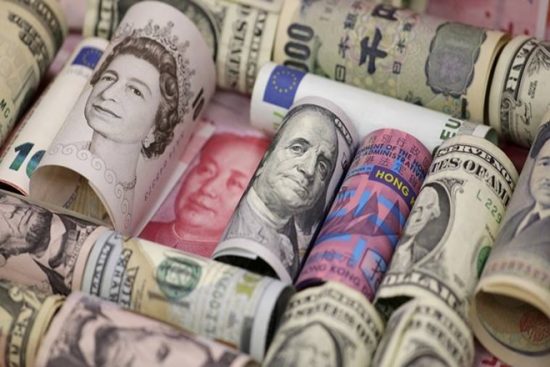The U.S. dollar surged on Monday, pushing the Canadian dollar and Mexican peso to multi-year lows, while China’s yuan hit a record low in offshore trading after President Donald Trump’s tariffs took effect.
The euro also dropped to its weakest level in over two years, and the Swiss franc slipped to its lowest since May, despite usually being a safe-haven currency. The U.S. imposed 25% tariffs on Canada and Mexico and a 10% tariff on China, which officially begin on Tuesday at 12:01 a.m. ET (0501 GMT).
Canada and Mexico quickly announced retaliatory tariffs, while China said it would challenge the U.S. tariffs at the World Trade Organization (WTO).
The Mexican peso dropped to its lowest in nearly three years, falling to 21.2882 per U.S. dollar, before recovering slightly. The Canadian dollar weakened to 1.4792 per U.S. dollar, its lowest level since 2003, before improving slightly.
The offshore Chinese yuan fell to 7.34 per dollar, hitting a record low of 7.3765 earlier in the day.
Stock markets also reacted, with U.S. equity futures pointing lower as investors feared higher costs due to the tariffs. The euro dropped 2.3% to $1.0125, its lowest since November 2022, while the Swiss franc weakened to 0.9210 per dollar.
The British pound fell 0.7% to $1.2312, while the Japanese yen stayed stable at 155.23 per dollar.
Cryptocurrencies also took a hit, with Bitcoin dropping below $100,000 to $95,660, its weakest level in nearly three weeks. Ether also fell sharply to $2,593.15, its lowest since early November.
The U.S. dollar index (DXY), which measures the dollar against six major currencies, stood at 109.48, after reaching a three-week high earlier in the day. With trade tensions rising and countries fighting back with their own tariffs, businesses and investors are bracing for further market uncertainty in the days ahead.




